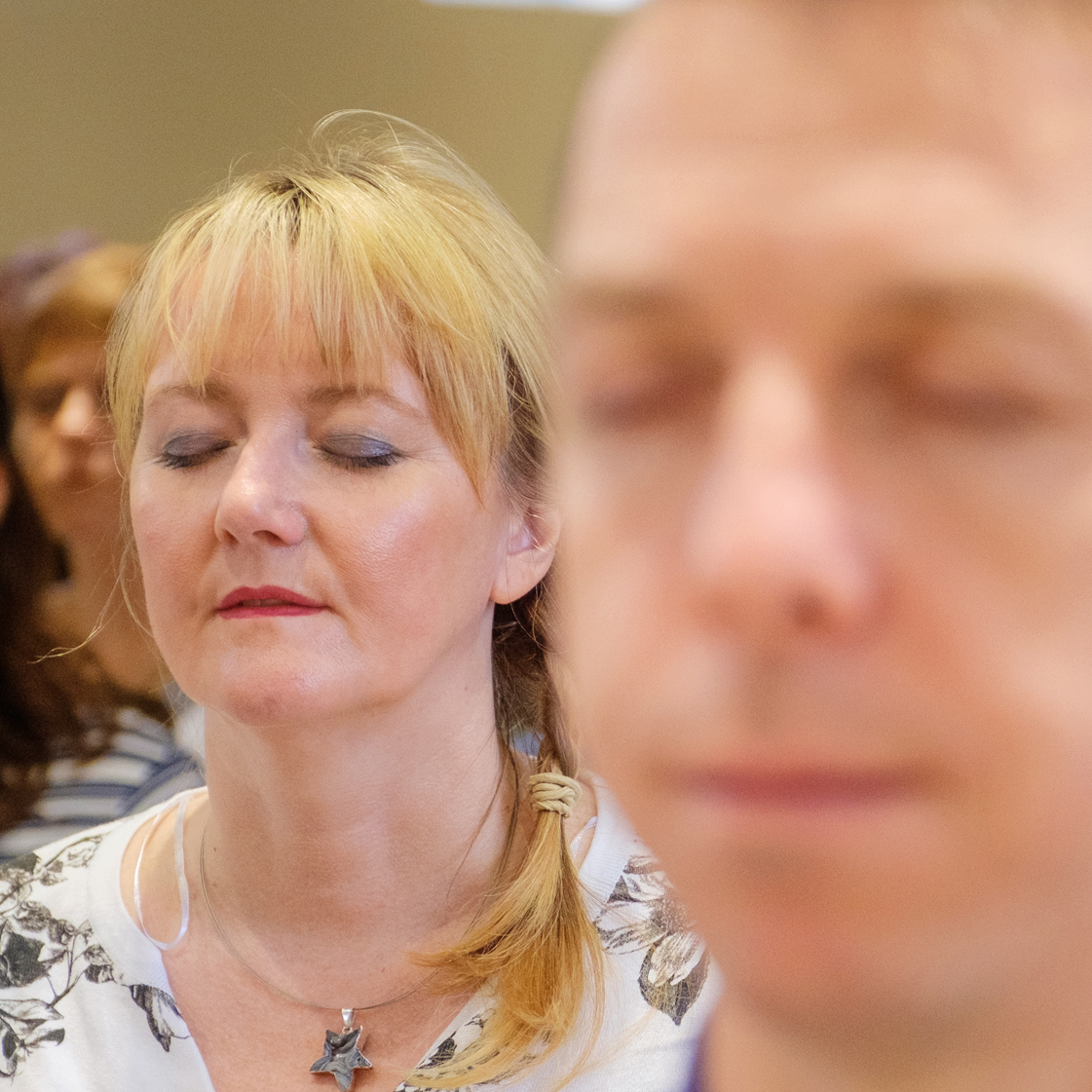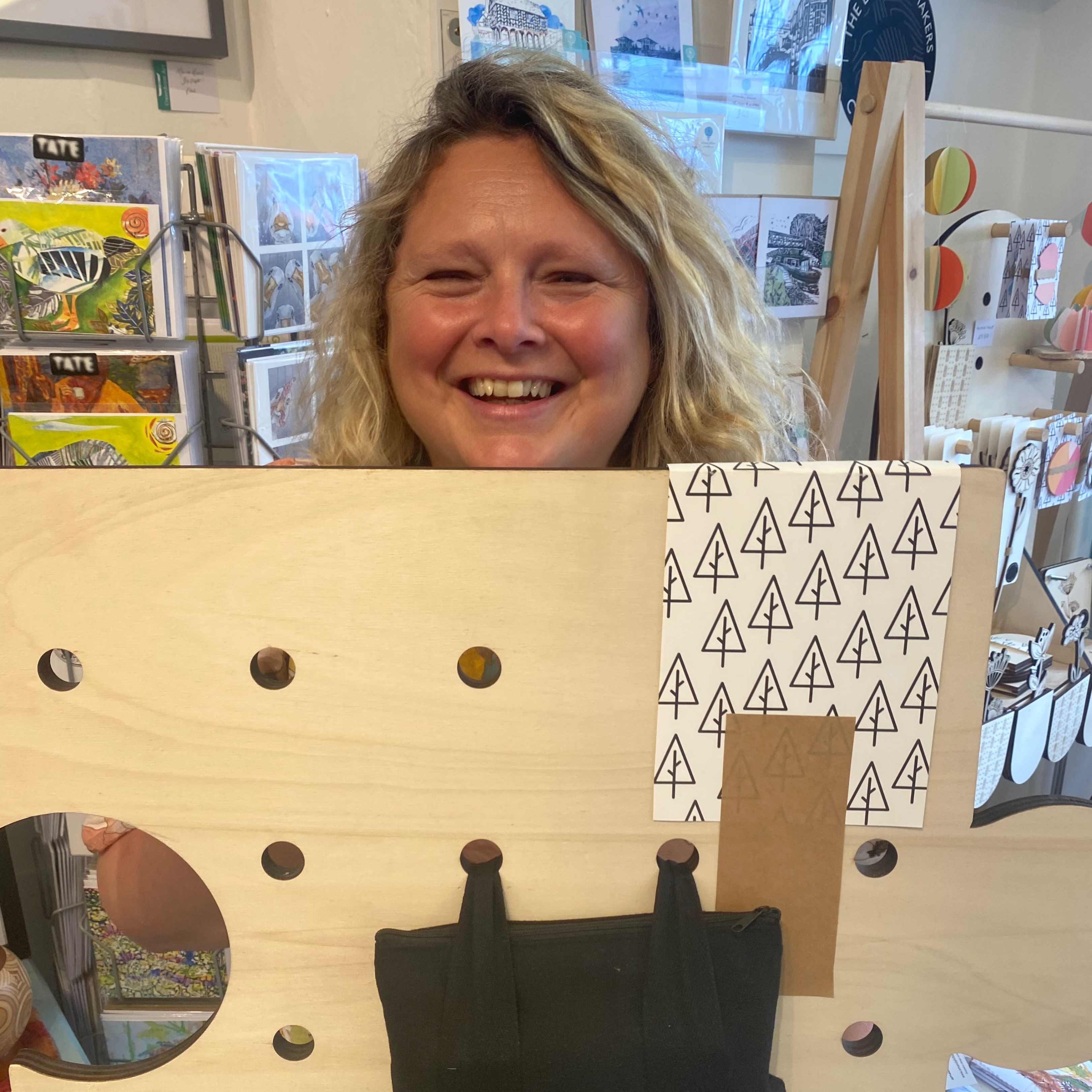No two sunsets are ever the same. Hill tops, hedges and valleys are bathed in shades of orange, red and purple as the sun releases a final burst of energy before darkness envelops the countryside. The sun dipping beneath the horizon marks the transition to a nocturnal world that is full of fascinating wildlife. You just need to grab a torch and head outdoors!
The different phases of the moon are believed to have an impact on both human moods and animal behaviour. On a clear and cold night with Orion’s Belt and the Plough shining brightly overhead, a slim new moon hangs in the sky like a hammock from the stars. It is said that this is a time for us to begin new projects and make new plans. When the full moon glows, this is a time to break old habits.
On the first mild night following the cold February weather, I head through a gate and down through a field. The path is muddy as the ground thaws. Tonight the blinds are down, the thick cloud makes it seem particularly dark and oppressive. I can see the outline of old hazel stools growing from a hedge bank. Distant street lights cast a marmalade glow through the clouds. At the bottom of the field I can make out the outline of woodland.
As I walk through the trees, a tawny owl hoots in the distance. At this time of year, the birds will already be in courtship ready to nest. A pile of owl pellets next to an old hollow tree can indicate where owls are nesting or roosting. Tawny owls mainly feed on small mammals, such as voles and mice. Fur and bones from their prey are compressed into pellets and regurgitated.
I continue through the woodland, amongst bramble thickets and over tree roots. Eventually I pass the old badger sett. I can see fresh earth and well-walked tracks. February is the month when badgers give birth to cubs, deep underground. There are plenty of signs that the badgers are active. Small snuffle holes in the track indicate that they have been feeding on their favourite food, earthworms. Uprooted bluebell bulbs are also a favourite food item at this time of year.
Sometimes one can find a pile of bedding outside a badger sett. The animals line their home with vegetation, such as long grass and bracken. Over time this vegetation can get infested with parasites so on a cold night the badgers will drag out the bedding, leaving it outside to allow the frost to kill the parasites. I have witnessed these marvellous animals dragging fresh bedding into the sett under their chin and paw.
Walking back from the woodland, beside a neatly clipped hedge, I can hear a strange noise. It sounds shrill and I do not recognise it. On closer inspection I realise it is a flock of lapwings feeding at the bottom of the field. It is known that lapwings will, at times, remain active after dark and the sound of their calls seem to travel further in the darkness.
Amphibians are predominantly nocturnal. In ponds all around the county, frogs and toads will be starting to breed and produce spawn. One of my wildlife highlights at this time of year is to visit a pond after dark and shine a torch into the shallow water. With any luck, it will be possible to see the strange mating dance of newts.
Male newts display amongst the marginal vegetation in order to attract a female. They undulate their crest in the darkness. Once the newts have bred, the female lays one egg on the leaf of a marginal plant. Contrary to popular belief, the only time that adult newts visit ponds is in spring. For the rest of the year, they are essentially a terrestrial animal living in long grassland and under logs.
The moon sets each morning and the sunlight returns. The tawny owl settles amongst the ivy on the oak tree, to rest for the day. The moon will continue on its revolution around the earth. The lunar cycle and the endless cycle of the seasons are both routine. Unlike the inherent variability of a sunset, these cycles do not deviate from a pattern. Such cycles often form the basis of animal behaviour. They determine when to sleep, when to breed and when to feed. Just like the darkest hour is said to come just before dawn, so the harshest weather of this winter has come just before the new shoots of spring appear.
Do one thing for wildlife this month:
The extremely cold winter of last year had a terrible impact on our frog population. Frogs often overwinter at the bottom of ponds. When the water is frozen for long periods and covered in snow, this can cause mass frog mortality. Pond Conservation is particularly keen to get volunteers to monitor the success of frog breeding this spring with the Mass Spawn Count. Visit pondconservation.org.uk for more details.





